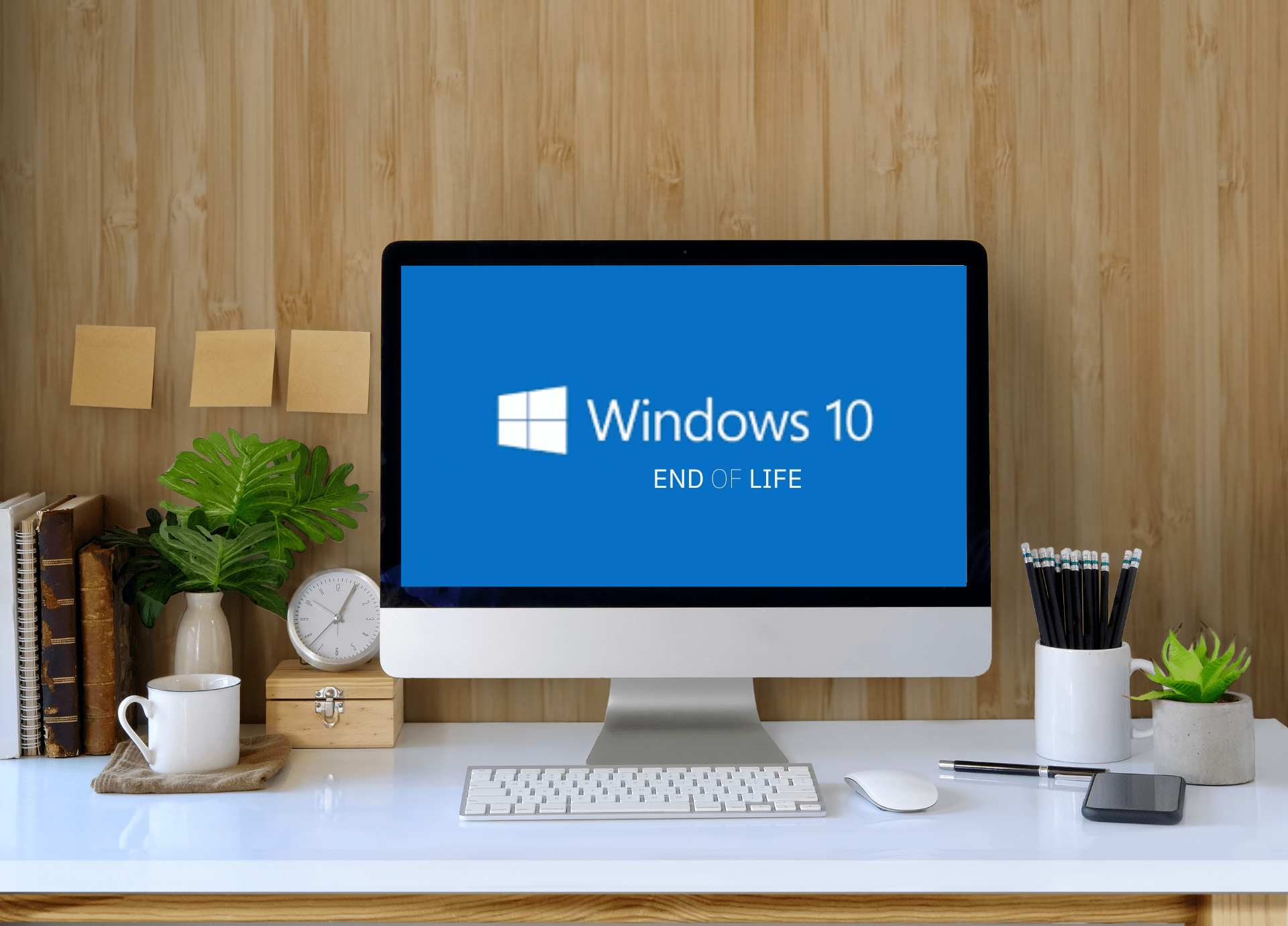The Looming Security Risks of Staying on Windows 10 After End of Life
The Security Threats of Continuing to Use Windows 10 After Its End of Life
As the end of support for Windows 10 approaches on October 14, 2025, organisations must be aware of the significant security risks associated with continuing to use this operating system beyond its end-of-life (EOL) date. Without critical security updates and patches from Microsoft, devices running Windows 10 will become increasingly vulnerable to cyberattacks, malware, and data breaches.

1. Unpatched Vulnerabilities:
After Windows 10’s EOL, any newly discovered vulnerabilities or security flaws will remain unpatched, as Microsoft will no longer provide security updates. This leaves systems exposed to potential exploits, as cybercriminals actively seek out and target unprotected systems. Even if you follow basic security practices, such as using antivirus software and a firewall, the lack of official security updates significantly increases the risk of successful attacks
2. Increased Malware Threats:
As Windows 10 becomes more widely unsupported, it will become a prime target for malware authors. Without regular security updates, malware can easily infiltrate systems and spread to other devices on the network. This can lead to data theft, system disruptions, and potential financial losses for organisations.
3. Compliance and Legal Risks:
Many industries have strict compliance requirements regarding data protection and the use of supported software. Continuing to use Windows 10 after its EOL may lead to non-compliance with regulations such as GDPR or HIPAA, potentially resulting in hefty fines and legal consequences. Organisations must ensure they maintain a secure and compliant IT environment to avoid these risks.
4. Lack of Technical Support:
After October 14, 2025, Microsoft will no longer provide technical support for Windows 10. This means that if you encounter any issues or need assistance troubleshooting security-related problems, you will not be able to rely on Microsoft’s expertise and resources. This can lead to prolonged downtime, increased IT costs, and potential data loss if issues cannot be resolved effectively.
5. Compatibility Challenges:
As software developers focus their efforts on newer operating systems, such as Windows 11, compatibility issues may arise with Windows 10. Over time, more applications and services may drop support for older versions of Windows, limiting the functionality and security of systems running Windows 10 after its EOL.
Take Action Now
To mitigate these security risks and ensure the ongoing protection of your organisation’s data and systems, it is crucial to plan for the transition to a supported operating system, such as Windows 11, well before the Windows 10 EOL date. This will involve conducting a thorough inventory of devices, assessing compatibility, and executing a well-planned upgrade strategy.
By proactively addressing the security risks associated with Windows 10’s end-of-life, organisations can maintain a robust security posture, avoid costly data breaches, and ensure compliance with industry regulations. Don’t wait until it’s too late – start planning your migration to a secure and supported operating system today.

Question?
Our specialists have the answer
